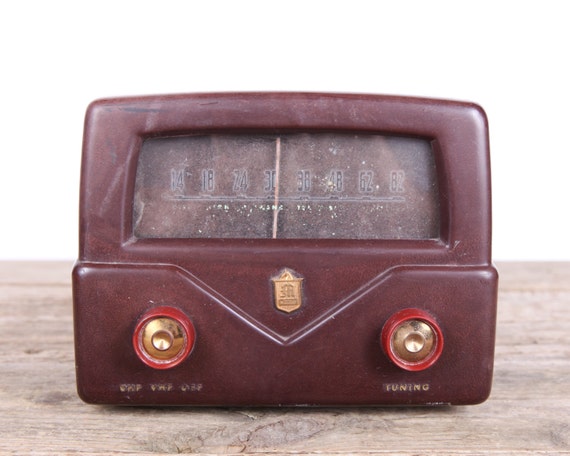

There were also chemistry and production innovations. Some of the many developments are called out in the Sidebar at the end, “Color TV required radical re-thinking, innovative design, and advanced manufacturing.” You have to have both ends working to verify that either one is working, so figuring out what’s working on a radically new system design is very difficult. Here, they faced the dilemma of all communications systems: the components, topology, and circuitry of the transmitter side are very different than those of the receiver side, yet you can’t test one without the other. The next challenge was to actually conceive, design, build, and test the components which made the concept into reality. Fig 2: This block diagram of the non-RF part of a color TV can only hint at its complexity each functional required a vacuum tube and/or filter.

Key to piggyback/interleaving of the color-information signal was the use of a very accurate and stable, crystal-based color subcarrier at 315/88 MHz (usually described as 3.579545 MHz☑0 Hz or about 3.58 MHz) – and a technique to continuously phase-synchronize it with the same signal when it was extracted from the received waveform. The circuitry to implement this at the transmitter and receiver was complicated, tube-based, and often frustrating (this was long before software, microcontrollers, or even basic digital circuits) but improved with time and experience (Figure 2).
#1950S TV COLOR CONVERTER PLUS#
Fig 1: The analog signal which simultaneously encoded color and grey-scale information, along with vertical and horizontal synchronization, plus 3.58 MHz phase alignment, was a brilliantly devised scheme for signal packing and decoding (Image: Science Direct/Elsevier) They made extensive use of understanding how the eye and brain perceive color, detail, and motion (including the 1931 CIE chromaticity diagram) (Figure 1). RCA scientists and engineers solved this problem with some extremely clever interleaving of signals within the bandwidth.
#1950S TV COLOR CONVERTER UPGRADE#
How do you add complex color information within this fixed bandwidth, while not distorting or ruining the existing encoding? How do you do so in a way that is both backward and forward compatible, so that monochrome TV sets will render a color-encoded signal in proper grey-scale equivalent, while color receivers will display the conventional monochrome signal also with correct greyscale? That way, everyone would be happy, regardless of the TV they had or the signal being broadcast (today’s software developers could learn compatibility and upgrade lessons here!). The TV receiver stripped these synch signals out via a clever scheme and used them to keep the displayed image lines and frame aligned with the TV camera’s scanning of the image. The first apparently intractable issue RCA had to solve was what we know as “encoding.” The monochrome TV signal was already defined within a 6-MHz bandwidth, with a complex analog shape that both carried the video information and also provided the horizontal and vertical synchronization signals. Part 1 of this article provided context for the critical role of David Sarnoff, development of color TV, and RCA’s place in modern electronics this part looks at the solution to the compatible color-TV challenge and the eventual corporate decline.


 0 kommentar(er)
0 kommentar(er)
